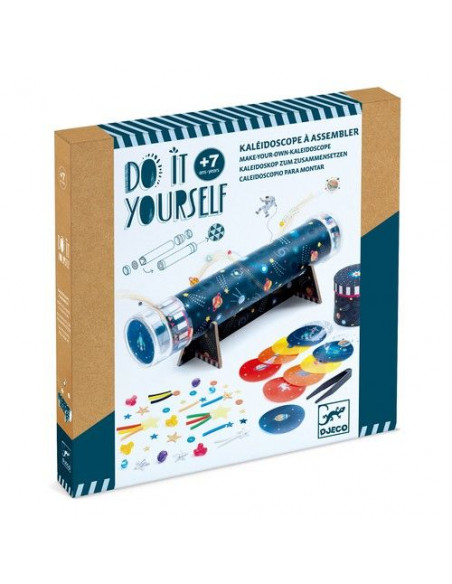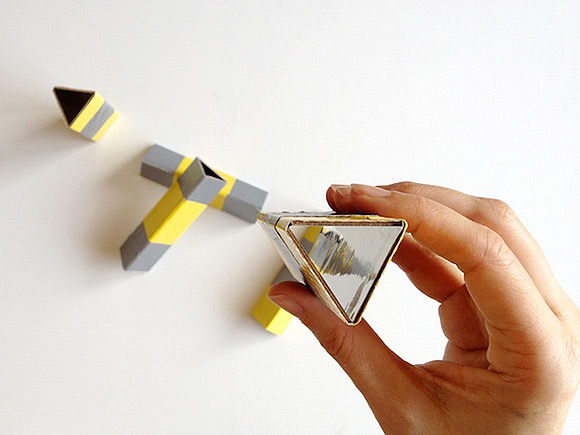
Any part of the fabric that doesn’t get dyed will stay white, creating the design. The folds, rubber bands, and ties resist the dye, keeping it from saturating the fabric evenly. You can create lots of different patterns by folding and tying the fabric in different ways.
#KALEIDOSCOPE DIY KIT HOW TO#
To learn more about the basics of tie-dye, including how to prep, tie, dye, and wash tie-dyed garments, read my how-to article here: How to Tie Dye. Then, apply color by dipping the shirts in buckets of dye, or squirting liquid dye from squeeze bottles. Tie-dye is easy to do, too! To tie-dye a shirt, fold up the fabric and secure it with string or rubber bands. It’s one of those nostalgic, feel-good crafts that never seem to go out of style. Tie-dye is a popular fabric dyeing technique known for its bright, saturated colors and bold patterns. Plus, I’ll share all of the essential tips and tricks you need to know to get beautiful bright colors and cool designs every time you tie-dye. I’ll show you how to make all sorts of tie-dye designs, including the crumple technique, the spiral pattern, and the bullseye design.
#KALEIDOSCOPE DIY KIT PLUS#
We’ve got links to this craft, plus a million more on the Run Wild My Child Pinterest page (are you following us yet?!).Learn how to make beautiful and unique tie-dye patterns with these easy tie dye folding techniques and step-by-step pictures. It doesn’t have to be elaborate or fancy to impress kids. If you want to make your own DIY kaleidoscope, there are tons of tutorials out there about making one from items you have around the house, like a paper towel tube, washi tape and reflective scrapbooking paper. The water beads were very cool, as were the dried flowers and the colored petals. The colored sand was a bit too thick and the shells didn’t really work.
#KALEIDOSCOPE DIY KIT MAC#
I liked the effect of the marbles the best and Mac loved the sprinkles (probably because I let him eat them after we were finished). Our kaleidoscope made some really pretty patterns and it was really fun coming up with ideas for objects we would experiment with. Go on a scouting adventure around your house, park or backyard and collect items to try out in your kaleidoscope. Pop the container at the end out, open and refill with whatever objects want to try.

The kit comes with a variety of natural objects included that can be used as the basis for the kaleidoscope: dried flowers, polished gemstones and glass marbles. The instructions were super easy to follow and Mac assembled the whole thing by himself. Insert the eyepiece in one end of the tube, then the mirrors, and finally add the plastic container with your nature objects at the other end. Just peel the plastic coating off (to prevent scratches) and use a piece of tape to keep them together in the triangle shape. The three mirrored pieces are sturdy and fit together easily. The kit costs around $14 and comes with everything you need to make the kaleidoscope, decorate it and experiment with it.

This got the kids thinking about which items they could find in nature or around the house to put in the kaleidoscope and had them guessing about whether light would pass through them or not.įor his fifth birthday this year, my son received this Nature Kaleidoscope Kit (affiliate link), which we had so much fun putting together. We also had the chance to make our own nature kaleidoscope. We’ve experimented with sun paper, made a sundial, pressed wildflowers for suncatchers, made sun tea and traced shadows (posts coming soon (hopefully) on these projects). We’ve been talking about where light comes from, what happens when light passes through items and what makes shadows. With the solar eclipse coming up next week, the kids and I have been doing a few sun and light related nature crafts and projects.


 0 kommentar(er)
0 kommentar(er)
